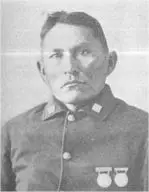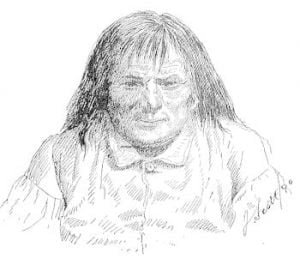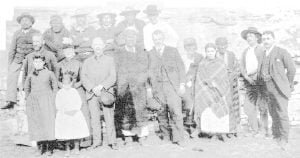Tonto Apache Tribe
Tontos (Spanish: ‘fools,’ so called on account of their supposed imbecility; the designation, however, is a misnomer). A name so indiscriminately applied as to be almost meaningless. To a mixture of Yavapai, Yuma, and Mohave, with some Pifialeno Apache, placed on the Rio Verde Reservation, Arizona, in 1873, and transferred to San Carlos Reservation in 1875; best designated as the Tulkepaia. To a tribe of the Athapascan family well known as Coyotero Apache. To the Piftalenos of the same family. According to Corbusier, to a body of Indians descended mostly from Yavapai men and Pinal Coyotero ( Pinaleño ) women … Read more





